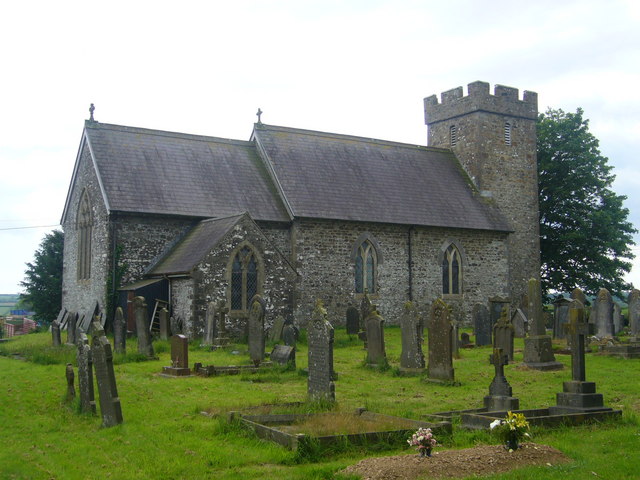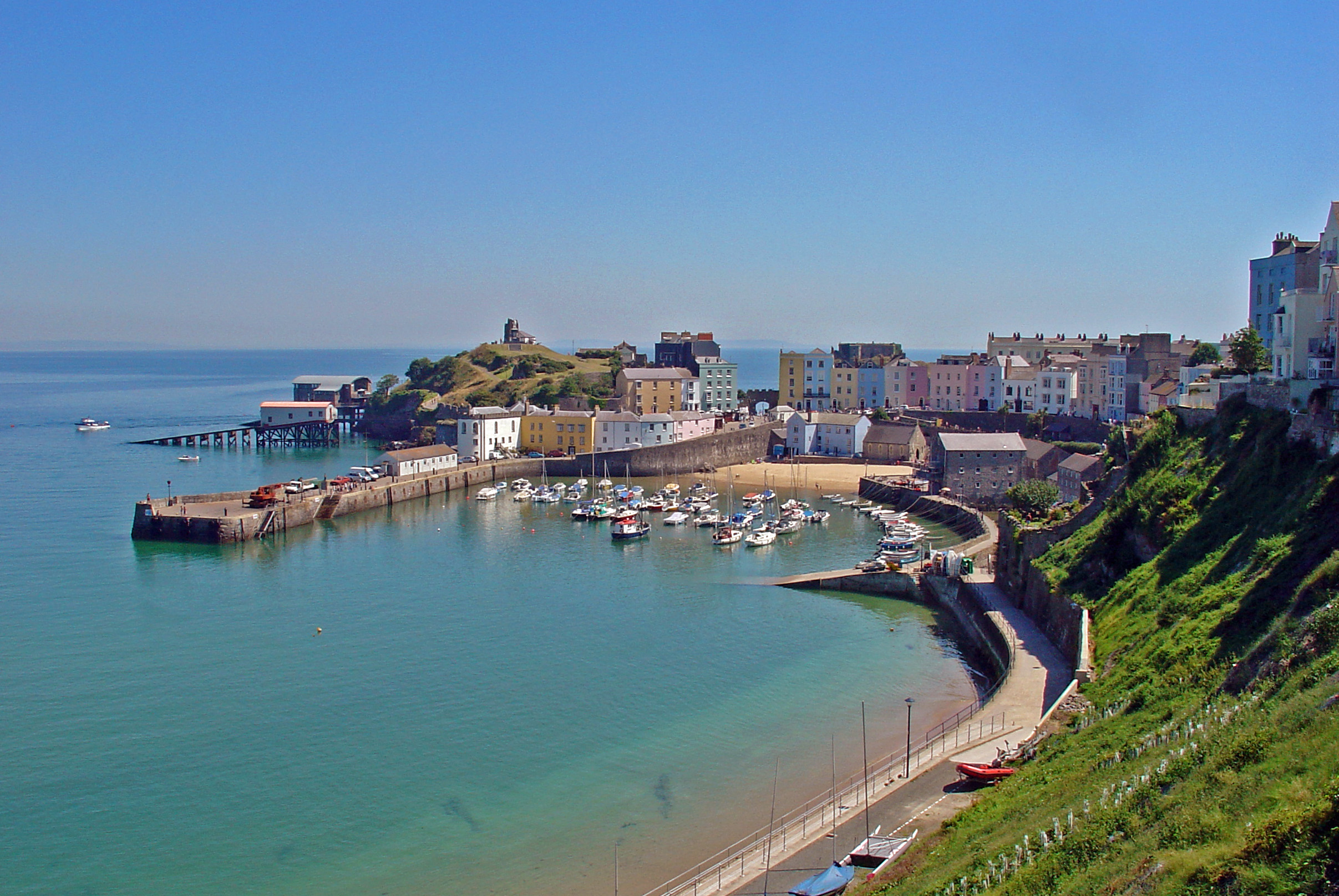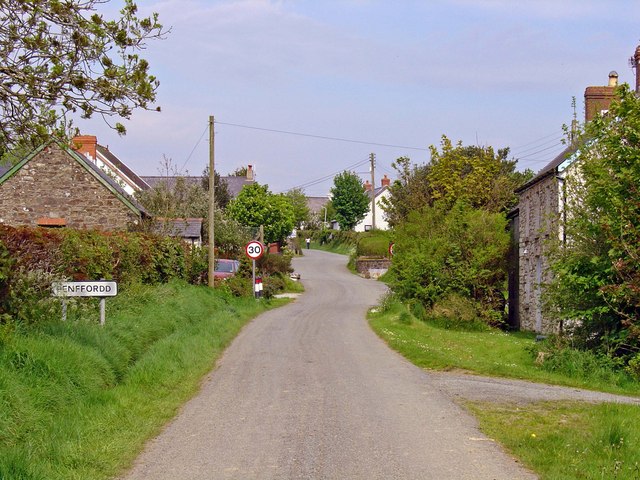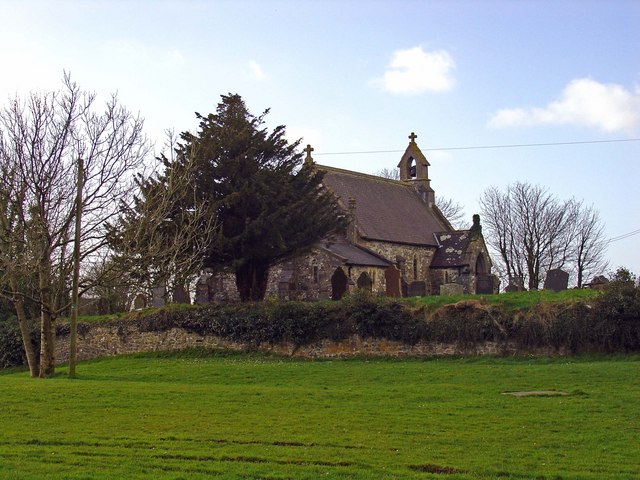Clarbeston
Settlement in Pembrokeshire
Wales
Clarbeston

Clarbeston is a small village located in the county of Pembrokeshire, Wales. Situated in the southwestern part of the country, it is surrounded by picturesque countryside and offers a tranquil and rural setting.
The village is home to a population of around 500 people and has a rich history that dates back many centuries. It was once an important agricultural center and evidence of this can still be seen in the surrounding farmland and fields. Today, Clarbeston retains its rural charm and is largely residential, with a few small businesses serving the local community.
Despite its small size, Clarbeston benefits from good transport links. The village is served by a train station, which provides regular services to nearby towns and cities. It is also conveniently located near major road networks, making it easily accessible by car.
Clarbeston boasts a strong sense of community, with various events and activities taking place throughout the year. The village has a primary school, a community hall, and a church, which all contribute to the social fabric of the area.
For those seeking outdoor pursuits, Clarbeston is surrounded by stunning natural beauty. The Pembrokeshire Coast National Park is just a short distance away, offering picturesque landscapes, walking trails, and opportunities for wildlife spotting.
In conclusion, Clarbeston is a charming and peaceful village in Pembrokeshire, Wales. With its rural setting, strong sense of community, and proximity to nature, it is an ideal place for those seeking a tranquil and idyllic lifestyle.
If you have any feedback on the listing, please let us know in the comments section below.
Clarbeston Images
Images are sourced within 2km of 51.855541/-4.836595 or Grid Reference SN0421. Thanks to Geograph Open Source API. All images are credited.



Clarbeston is located at Grid Ref: SN0421 (Lat: 51.855541, Lng: -4.836595)
Unitary Authority: Pembrokeshire
Police Authority: Dyfed Powys
Also known as: Treglarbes
What 3 Words
///angry.type.relegate. Near Wiston, Pembrokeshire
Nearby Locations
Related Wikis
Clarbeston
Clarbeston (Welsh: Treglarbes) is a village and parish in Pembrokeshire, Wales, 11 km (6.8 mi) east of Haverfordwest. The parish, together with Wiston...
Pembrokeshire
Pembrokeshire ( PEM-bruuk-sheer, -shər; Welsh: Sir Benfro [siːr ˈbɛnvrɔ]) is a county in the south-west of Wales. It is bordered by Carmarthenshire to...
Penffordd, Pembrokeshire
Penffordd or Pen-ffordd is a small village in the community of New Moat, Pembrokeshire, Wales, in the parish of Bletherston. It lies approximately 10.8...
Walton East
Walton East (Welsh: Waltwn) is a small rural village and parish established around a church at least as early as Norman times. It is 2 miles (3.2 km) southwest...
Nearby Amenities
Located within 500m of 51.855541,-4.836595Have you been to Clarbeston?
Leave your review of Clarbeston below (or comments, questions and feedback).

















